How to build homes ready to face climate change?
We often think of the land underneath our feet as fixed and unmoving. On a calm day, if you sit next to the ocean, it seems quite stationary. It does change though - with the shifting of tectonic plates, erosion, wind, super tides and flooding.
These changes are most noticed when we have a large event like a rain, wind, an earthquake, or a combination of these. An unfortunate reality that we are facing is that climate change is making storm events more frequent and much worse.
While buildings that follow high performance standards like LEED and other programs can help reduce the rate of climate change, how else can we adapt?
Why do we need to build more resilient homes?
How do we build more resilient homes?
How are builders adjusting to meet these new challenges?
How can we choose more suitable places to live?
When we are thinking about locations, living near water or with water views is attractive to many people. The challenge of living near rivers and lakes is that they may flood, and oceans constantly erode shorelines.
In the US, the Army Corps of Engineers works continually on nourishing beaches (replacing the sand) to act as a buffer in storms. This work is neither simple nor inexpensive, as billions have been spent on this since the 1970s.
Closer to home, the recent flooding in Alberta and Ontario invites questions about how we build (making much of the land impermeable) and where we build (near rivers, by oceans and on floodplains).
Thinking historically, flooding and water damage is clearly becoming a much larger issue. From the 1940s until about the year 2000, fire was one of the major disasters that lead to insurance claims. A lot of energy was focused on improving building codes to make homes safer from fires. These efforts were very successful, and homes are now more fire resistant.
In the last 10 years, water damage has become a big problem for the insurance industry and society. Sea levels are rising, tropical storms are getting more frequent, and large rainfall and flood events are happening more often.
In 2012, the Insurance Bureau of Canada said the yearly average for all water damage was now $1.7 billion, making it one of the most significant sources of homeowner insurance claims.
The insurance industry is paying attention - global reinsurers (companies that provide insurance to insurance companies) like Swiss Re are working with large companies like Unilever, Dow Chemical, and Shell to address climate change and create more resilient infrastructure. One example to consider is natural infrastructure over “grey” infrastructure. (Grey infrastructure refers to manmade solutions.)
Dow Chemical just completed constructing a 110 acre wetland instead of a traditional waste water treatment plant, realizing many benefits, including a $38.5 million reduction in capital cost.
The Canadian Insurance Industry is also working to improve the National Building Code to make homes more resilient. The Institute for Catastrophic Loss Reduction (ICLR is an arm of the insurance industry) has suggested sanitary sewer check valves be added to each new home (costing about $100) as they would prevent almost all sewage backups which result in the flooding of basements.
Backups often happen when there is excessive rain or flooding, as the sewers become overloaded. After the 2005 floods, the city of Toronto made the inclusion of sewer check valves on new homes mandatory. Now with flooding this year in Brampton and Mississauga, those areas are considering the same policy.
ICLR is also giving feedback on other building code improvements, mostly focused on damage caused by water and wind. Wind damage is also on the rise with more frequent and intense storms.
Recent weather events are also changing our approach to urban planning; unfortunately this change is coming the hard way, in retrospect. In the past when an area flooded, the solution would often be to build a dyke or levee. Once an area had been protected with a structural element, development and construction in that area often continued as if the risk of flood no longer existed.
Experience has shown us that those areas may eventually flood again, as dykes and levees are designed for most situations but can’t be designed for all situations. We need only look at New Orleans to see that even great efforts can be overcome with huge storm events. When development in a high flood risk area continues, future damage can be far worse due to the added density that came with a false sense of security.
A levee might be built to withstand a once in 100 or 200 year storm but with a changing climate those storms are coming more frequently, so the odds of a breach increases as well.
Winnipeg has the flood way, which is one of Canada’s largest pieces of flood protection; it is built to survive a once in 750 year event. In Holland they use a once in 10,000 year storm event as the benchmark because much of their country is below sea level. These systems will be put to the test in a changing climate; Calgary for instance has had two “floods of the century” within the last 8 years.
Current regulations in Alberta are such that if an area has had a flood followed by some structural protection like a dyke or levee, then development can only proceed with the assumption that the dyke or levee is not there and that the area will in likelihood flood again. This either reduces the level of new development or ensures the new development is built with flooding and storm surges in mind.
This sort of proactive planning decision will determine how well our communities fare in the coming century. Of course this does not address existing homes, as home buyers we should take the time to do our own research, look at flood risks in areas you are considering moving to and protect our existing homes with the right insurance. It would also be worth reading the fine print on home insurance policies, to see what you are covered for. It might not be as much as you think.
Now you know how to build homes ready to face climate change. Find out more about resilient home construction below and in the Ecohome Green Building Guide pages.
Discover all the benefits of a free Ecohome Network Membership here - promote your business and get access to discount pricing on select building materials. |




























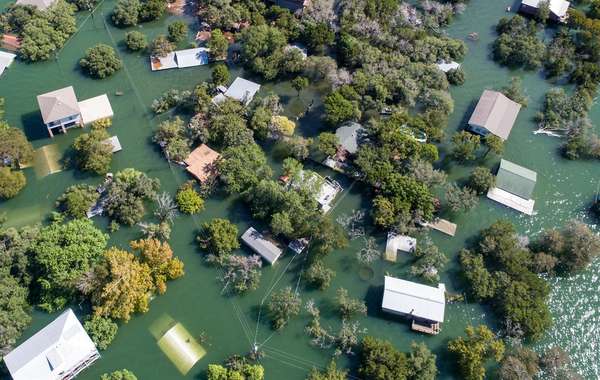


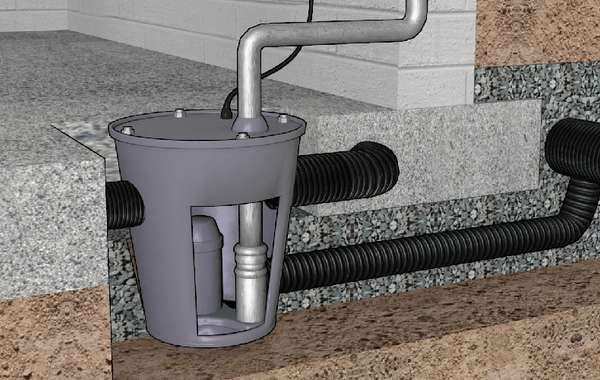

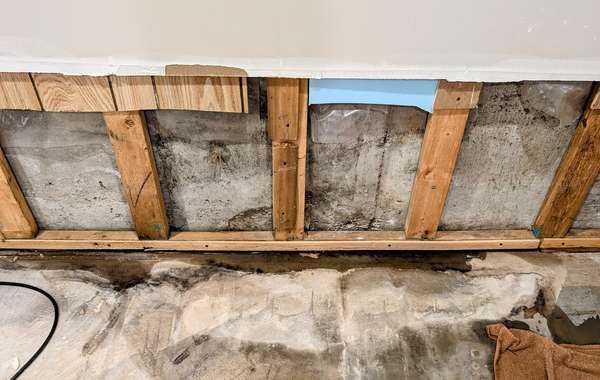
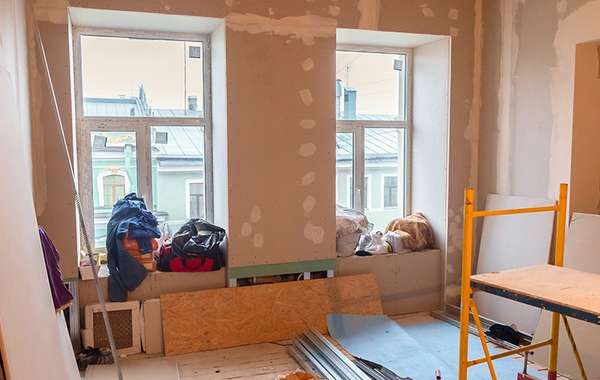

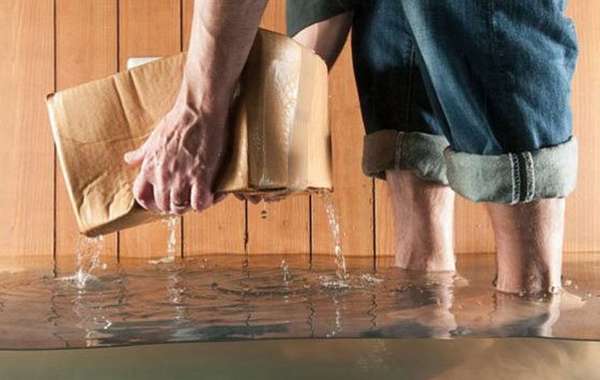
Comments (0)
Sign Up to Comment